Site Planning for Your Survival Homestead
A great deal can go into site planning for your survival homestead, even when the infrastructure is already in place and funds don’t exist to renovate lines or move buildings. Where we place things can increase or decrease our defensive abilities, success in growing, and how likely we are to see something – which can be good or bad. It can also hugely impact the efficiency of a site, whether it’s a small suburban or urban lot or a large rural retreat. While more space creates more options, planning for efficiency has major merits for any size site. When things are more efficient, they require less work to maintain. Whether that work is manual or powered, using less time, labor and resources frees up our abilities elsewhere, allowing us to do more.
Site Planning Factors for your survival homestead
The three most important factors in site planning for efficiency are arguably access, sun, and water. They are equally important, although when aspects like defense and drought resilience come into play one or another may take more precedence. There are variable levels of importance within factors as well. For example, access for ease and convenience might drop to the bottom of a list, but access for maintenance should stay near the top.

Cattle on silvopasture – Trees can be saw logs, firewood, forage/fodder or fruit and nut trees in a rotational pasture system that creates shade and stacks the functions taking place on a piece of land, creating a more efficient use of that land.
Sun
Sunlight plays a lot of roles in our lives, far more than just which plants will be successful – and where. Sunlight can be manipulated to create passive heating and cooling, such as using deciduous trees to shade greenhouses, coops, homes and windows, and livestock in silvopasture. Shading even just the entrance of a cellar can help dramatically reduce the amount of heat-cool transfer while loading it during harvest season. Shading can also significantly reduce moisture loss. On the flip side, opening canopies can not only increase availability of sunlight for plants during winter, it can help us dry up spring-bog areas and provide free lighting.

Using sun and shade to create passive heating and cooling by combining livestock and deciduous trees with a greenhouse, or locating coops and hutches beneath trees.

When we look at shading, a lot of times we only look at trees, but buildings, fences, and walls come into play as well. One rule of thumb is to place the tallest things on a site to the north in the northern hemisphere, to allow the most light through. However, if we want that shading factor to limit our irrigation or keep our rabbits breeding longer without running fans, we can play with them, interspersing buildings and alleys of pasture to create the best fits for our needs.
Another school of thought – especially in areas heavy on buildings and trees – is to group tall things together and slope mature heights to create either a peak effect (tallest in a central area) or a valley effect (tallest things on the rims sloping down to the center).
All three have their pro’s and con’s, and the slope of land, amount of irrigation, soil types, and purposes or function of the land play a big role in deciding which works best for us.

If you are building a survival homestead, take advantage of the sun’s natural path to position your home most effectively.
Something to remember is that sunlight changes through the year and by location, with summer and winter, extreme elevations, and distance from the equator affecting not only the track the sun takes in our skies, but also the intensity of the light – light quality, compared to light quantity. Even quantity comes with some wiggle room. “Full” sun is about 6-8 hours of direct light, but 8-10 hours of diffused light works too, unless the quality of light is low the way it is during winter in the middle and upper latitudes.
Water for your homestead
Water is one of the basic necessities of life. Manually hauling water sucks big time, and so does hand pumping water if mechanical systems fail. Ideally we plan our site so that things with the greatest volume needs are nearest the pumps and catchment systems.
When we’re accounting for high-volume needs we need to take into account our own varied uses such as laundry, cooking, and cleaning our homes as well as direct consumption. Livestock, young trees, and crops also require water. The closer they are to a water source, the less time and labor (of any kind, manual or mechanical) is needed to provide that water for them. We also want to bear in mind year-round needs, as opposed to seasonal like a garden with three months of growing season.
There are two types of water catchment systems that can decrease the need for pumping water – passive and active. Studying the sheep and cattle stations of the Australian outback, especially at the turn of the century, can provide a number of examples of how people survive near-desert conditions using active and passive water catchment systems.

Active catchment includes things like water barrels and buckets, which can be highly complex or pretty darn simple, or rain-filled water catchment on towers and roofs – both of which then disperse water through lines via gravity. Another example of an active catchment includes old-style towers that are filled by pumping, but then provide a gravity-fed reservoir for use during dry periods.
There are all kinds of passive water systems, some of them overlapping with the sunlight and wind vectors that we take into account as incoming and outgoing factors on a site. Some of the most common passive water-catchment and water-conservation systems include:
- Simple low spots or dug swales that increase the infiltration of water by slowing its loss, making water available longer after a rain.
- Ponds
- Hugel-type, lasagna-type and Eden Gardening style growing beds with layers of material that absorb water and release it slowly
- Gabion-style and stacked stone walls and fences that create drip-back microclimates by condensing evaporation on the underside and lee of the stone
- Trees and shrubs planted to block and filter drying winds from the north and west or block sunlight and provide shade during the hottest hours (usually 1-4 p.m.)
Access
Arranging things for ready access is arguably the most important of the three factors, depending on the primary focus of site planning. At the simplest, we have to be able to reach things to use them. With some foresight and planning, we’re able to reach them in the most efficient and economical way(s) available to us. In the best case, things are conveniently near each other as well as just being accessible, saving time and work transferring them.

We can increase efficiency by locating things that need regular care close to our daily paths, like putting greenhouses and veggies near our homes. Alternatively, they could go near water sources, or be located beside chickens and pigs that till, turn compost, provide manure, and will be helping with garden clean-up. We don’t want to have to cross a yard to get tools and hoses and come all the way back to a garden plot, though.
When we plan the space we want to leave to facilitate access, we want to take into account our methods of reaching our targets:
- walking with hand tools, with hay bales on hooks, with forks or bags of feed or seed or fertilizer, or with buckets, blickeys and crates
- wheelbarrows, push or pull carts
- tractor or ATV and attachments
- truck or gators/field carts
- tree pruning tools, branch removal or chipping (and chipper size and type)
- firewood harvest methods
- distance between storage and harvests of hay, straw or crops
- type of brush control and access for it
- longevity/sustainability of methods chosen for all phases (we all get old unless we die young, and what we can manage by now may become impossible due to age, illness or injury)

Tall hugelkultur beds increase our efficiency not only by decreasing water and fertilizer needs but also by increasing by 3-5 times the amount of growing space we have. Tall beds also eliminate some of the stooping involved with veggie gardens, creating longevity in our growing systems.
We also want to leave space for things like sorting, curing, drying, and curing harvests of various types, running our chipper-shredders, PM’g and repairing our equipment, and to get out of sight of nosy neighbors for livestock culling and harvest. Ideally, that space is conveniently located to the origin or destination, to water, and to where we collect and leave our tools for the tasks. Leaving room for living space and accounting for where we’re creating shadows, damper areas, windbreaks, open sight lines, and cover or concealment for thieves and worse as we plot out our sites is also important.
Something I’ve seen lower harvests in both small-scale and large-scale is somebody cutting a corner with a wagon or tractor a little too close and wrecking the end of a row, or having room when everything is small and new or just seeded, but having no room to maneuver once perennials or large crops grow in. Paying mind to the turning radius of our chosen methods can help save those. (So can practicing when a field is still empty.)
The general rule of thumb when planning for access is that things that need the least care go farthest away and off beaten paths, while things that need the most care and attention go nearest the living space(s) and along walkways.
Our own needs and desires and our infrastructure plays into where we might stick things. I may not use my shop much, but it may be easier to run power to it if it’s close to the house and since my trucks are near the house, I may not want to cross an acre or two for my air pump. Fruit and nut trees traditionally go further away from my home since they don’t need daily care, but if I’m using them for passive heating and cooling or am stacking the productivity of the space by keeping birds or rabbits under them, I may want them closer. My soil type and spring bog might also lead me to avoid an area that would be considered prime, or I might choose to locate things further away so I have a yard space where I can see my young kids easily from a window. Everyone’s situation is different.

Convenience factors into access – The easier it is to reach and see something, the more likely we are to deal with it. There’s no reason not to put veggie beds near the house even in a large yard, or to incorporate herbs and veggies into traditional flowers and landscaping along our driveway and footpaths.
Convenience should also play a role when it comes to access, and for some people the convenience is more important than for others. If it’s difficult to get to something, most of us are less likely to deal with it. It’s up to us to accurately judge ourselves and decide how likely we are to ignore or procrastinate with chores and checks.
Likewise, the “out of sight, out of mind” factor plays a role. Not only are we more likely to remember that something needs dealt with if we’re seeing it every morning on the way out, we can also arrange things to serve as canaries in a mineshaft for us.
Planning & Efficiency
Planning is a big part of efficiency – with anything, military excursion to home to garden to daily tasks. As a permaculturist, efficiency is basically my Holy Grail. The interactions of biotic and abiotic factors get manipulated to death to allow nature to do a lot of our work for us and to limit the time and effort of our labors.

It’s helpful to start with sketches of what already exists on a site, what is staying and what can go, and the inputs from the surrounding area when planning for an efficient site. Permaculture zones and sectors are excellent research points for anyone just starting out.
Wasted steps are wasted time and wasted energy, no matter what scale we’re living and growing in, just like allowing runoff, sunlight, and wind to enter and exit a space without ever harnessing them. In some cases, poor site planning ends up costing us extra money when we upgrade, downsize, or need a repair.
We can limit some of our inefficiency just by making lists.
Lists start as big, general goals of our wants and needs. We can make other lists of our potential resources, challenges, and capabilities. In the case of our homestead – urban balcony to 5-50 acre farm – knowing our long-term goals lets us start accounting for them from the get-go. Lists also help us streamline and prioritize, which allows us to stay focused.
We can refer back to our lists as we approach each step in making our goal a reality. Likewise, sketching a plan and making lists of the pro’s and con’s of placing various components where we have can give us a guideline to refer back to as we move forward over months and years. Lists and a sketch can keep us from feeling hemmed in to a decision we made five years ago because we didn’t realize what a pain it was going to be to haul water 500 yards because the hose pressure won’t reach the spot where we put in our annuals.

Increasing efficiency can be as fast and simple as putting coops and hutches over compost and worm bins to decrease some of the back-and-forth steps of moving manure to those systems and being able to check levels and moisture and harvest worms at the same time we care for other livestock.
Planning for Efficiency for your Survival Homestead
Water, sun and access are just the tip of the iceberg for site planning. There are dozens and dozens of things that can factor into creating an efficient self-sustaining homestead. People have written books on the subject, and placement considerations – from the things we’re possibly going to want on location to how we decide where to put them – occupy week-long lectures. Particularly when it comes to access.
Another aspect of efficiency we don’t regularly want to consider is old age, if not a Seventh Generation outlook. How much annual care does what we’re putting in need? Will it start spreading beyond our control when we hit cane and walker age? Will that oak destroy the lawn between the house and “yard” in 10 years, leaving dogs and people ginger stepping 8-12 times a day and washing away good soils? Will those coppiced trees start wrecking fences if we’re injured or busy standing watch?
Most of us just can’t plan for everything, but at least being aware of goals, of some of the factors that affect our efficiency and the long-term effects of inefficiency, and of the priority we’re willing to assign components in and around our homes, we can be better prepared for smooth transitions and limit some of our wasted labor. Being aware of site planning and efficiency as something to research allows us to let the environment around us and that we build do some of our work for us.
A great deal can go into site planning for your survival homestead, even when the infrastructure is already in place and funds don’t exist to renovate lines or move buildings.

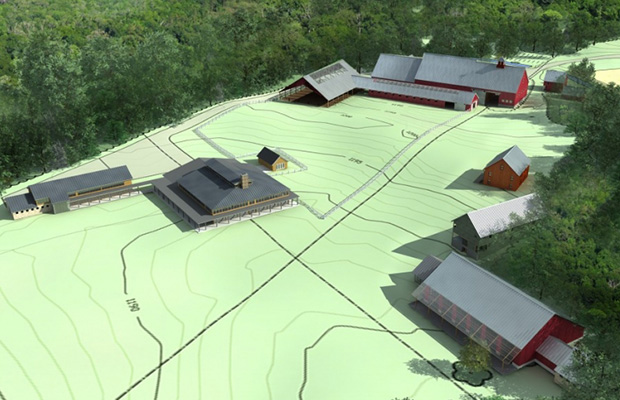

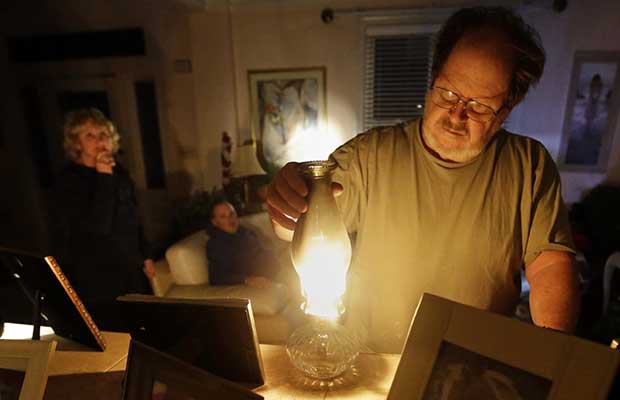
 When the elecricity goes out, so do the lights. Make sure you have backup lighting options.
When the elecricity goes out, so do the lights. Make sure you have backup lighting options.
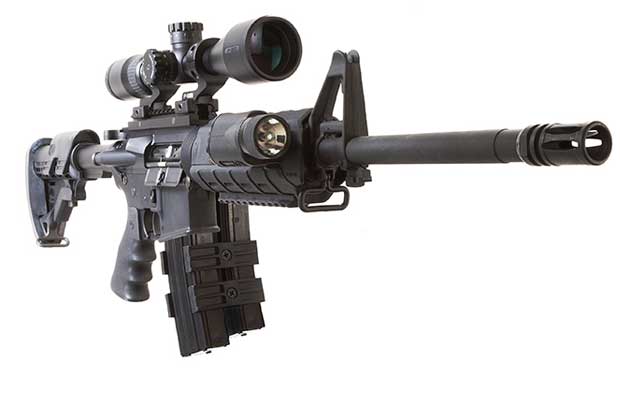
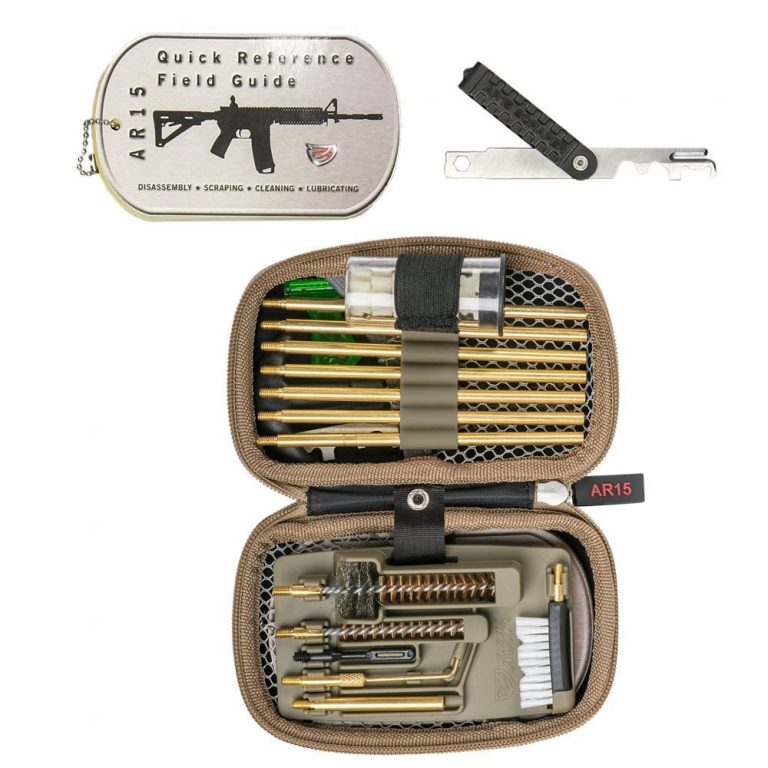
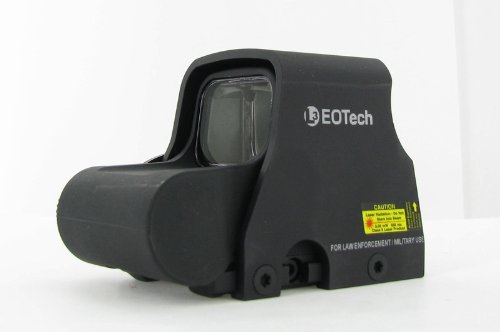 EOTech XPS2 HOLOgraphic sight.
EOTech XPS2 HOLOgraphic sight.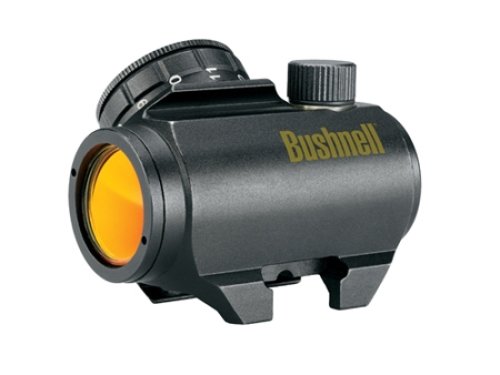 Bushnell Trophy TRS-25. Lower cost alternative to something like the EOTech.
Bushnell Trophy TRS-25. Lower cost alternative to something like the EOTech.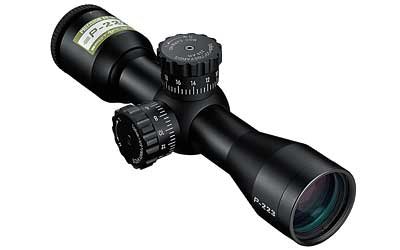 Nikon P-223 3×32 – Great mix of functionality in a scope for the AR-15
Nikon P-223 3×32 – Great mix of functionality in a scope for the AR-15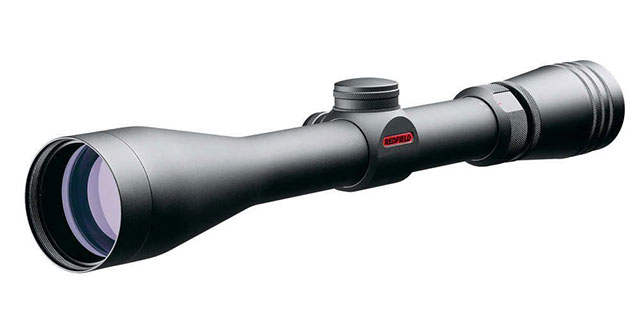

 Maybe we don’t get our own stick of Special Forces operators, but a boat could be a great option for many preppers.
Maybe we don’t get our own stick of Special Forces operators, but a boat could be a great option for many preppers.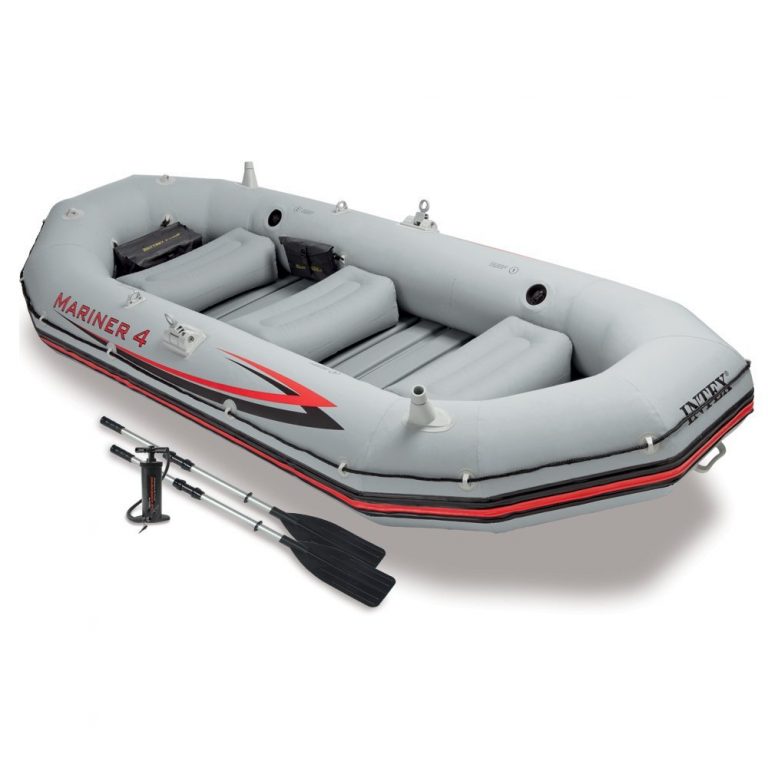
 OFFGRID by Recoil SUMMER 2014 Bug out boat/Urban Survival issue
OFFGRID by Recoil SUMMER 2014 Bug out boat/Urban Survival issue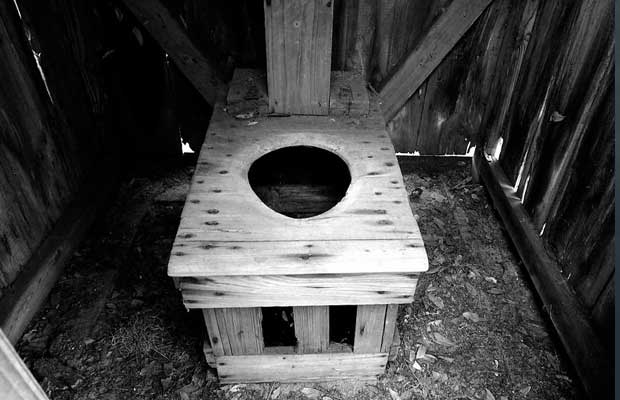

 It doesn’t have to be pretty, but you need to have a plan.
It doesn’t have to be pretty, but you need to have a plan. The basics of keeping your cooking utensils clean and germ free.
The basics of keeping your cooking utensils clean and germ free.
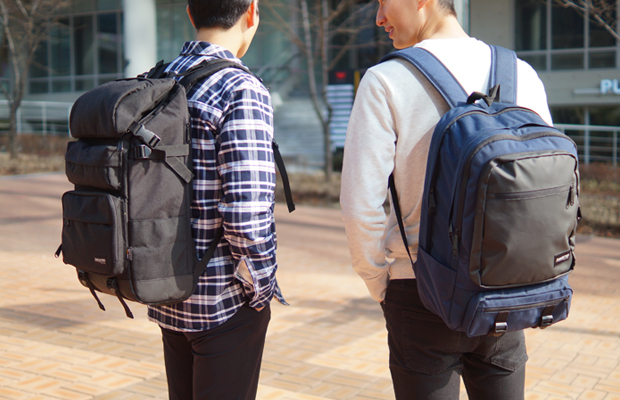
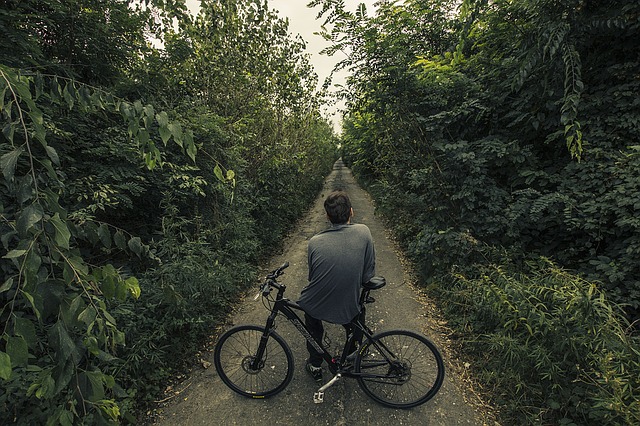 Plan multiple routes you can take away from school back to safety and a communication plan with family.
Plan multiple routes you can take away from school back to safety and a communication plan with family.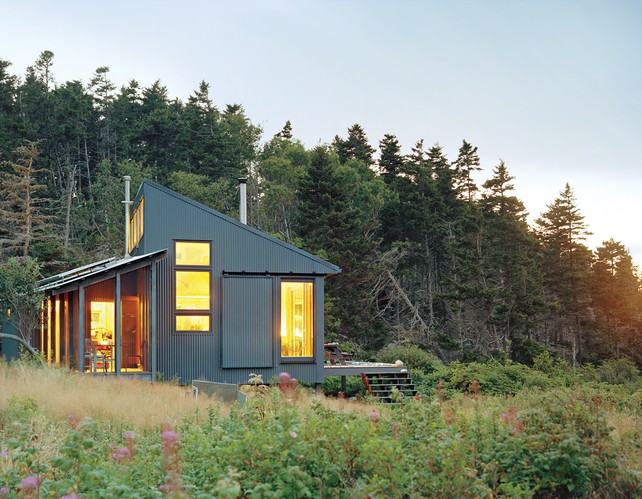

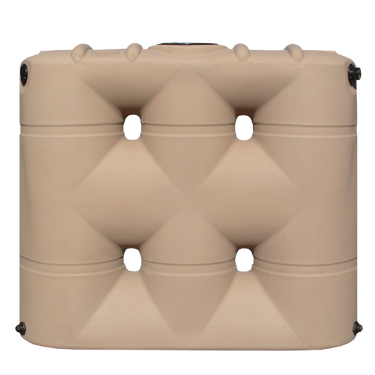 High capacity water storage tanks like this 530-gallon tank from Bushman would solve a lot of grid-down water problems.
High capacity water storage tanks like this 530-gallon tank from Bushman would solve a lot of grid-down water problems.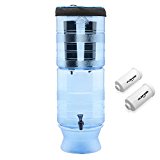 Filtering water doesn’t get much easier than gravity-fed units like this Berkey Light.
Filtering water doesn’t get much easier than gravity-fed units like this Berkey Light.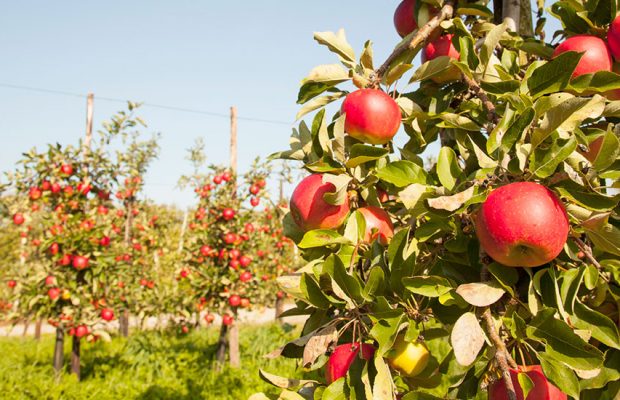

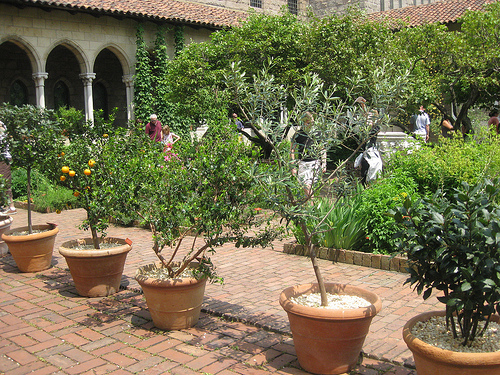
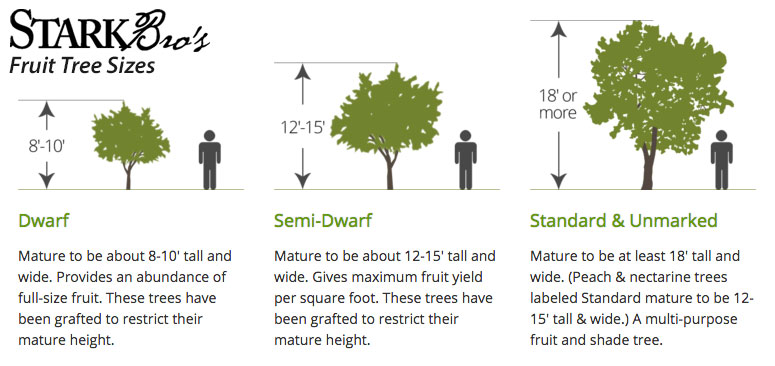 Dwarf and semi-dwarf trees produce the same type and size fruit as standards, just less per tree.
Dwarf and semi-dwarf trees produce the same type and size fruit as standards, just less per tree.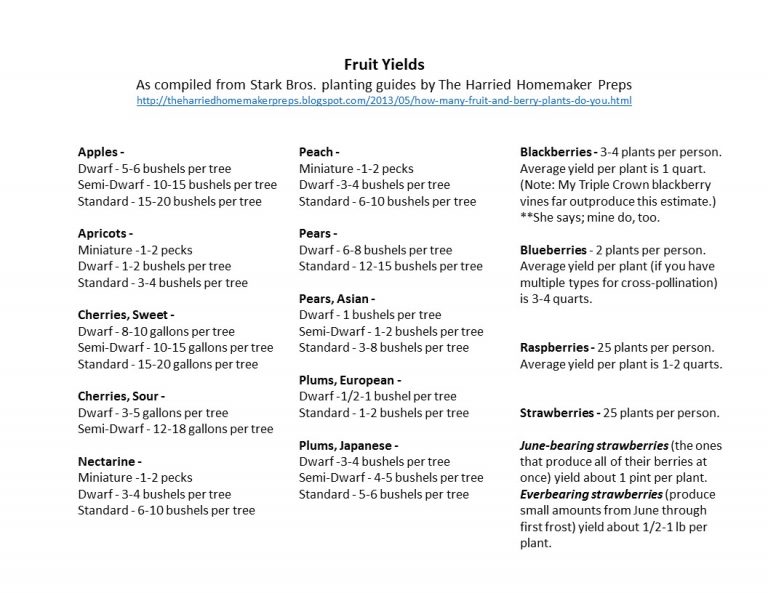 Be aware: Yields vary depending on soil types, nutrients, water, pests, pruning and variety of tree within each species. I halve the numbers from Harried Homemaker and Stark Bros. when presenting estimated to clients.
Be aware: Yields vary depending on soil types, nutrients, water, pests, pruning and variety of tree within each species. I halve the numbers from Harried Homemaker and Stark Bros. when presenting estimated to clients.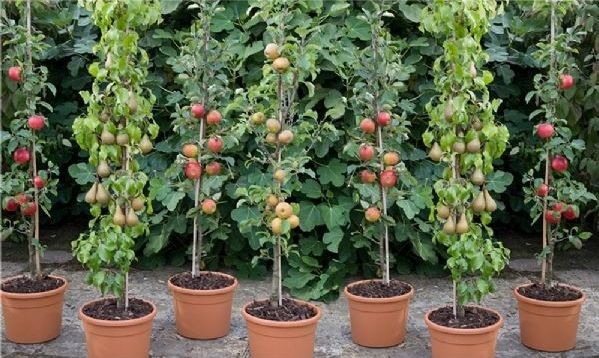 Cordon or columnar fruit is available in several species, and while expensive, it can save space to increase diversity and allow homeowners variety and resilience.
Cordon or columnar fruit is available in several species, and while expensive, it can save space to increase diversity and allow homeowners variety and resilience.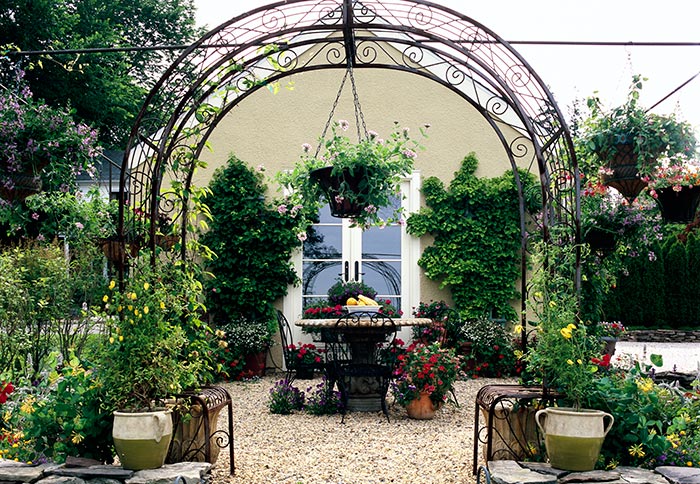 Dwarf, container, trellis and espalier fruit can transform a compound into a more pleasant space, allow perennial production in urban and suburban environments, and let us take our fruit trees and shrubs with us when we move.
Dwarf, container, trellis and espalier fruit can transform a compound into a more pleasant space, allow perennial production in urban and suburban environments, and let us take our fruit trees and shrubs with us when we move.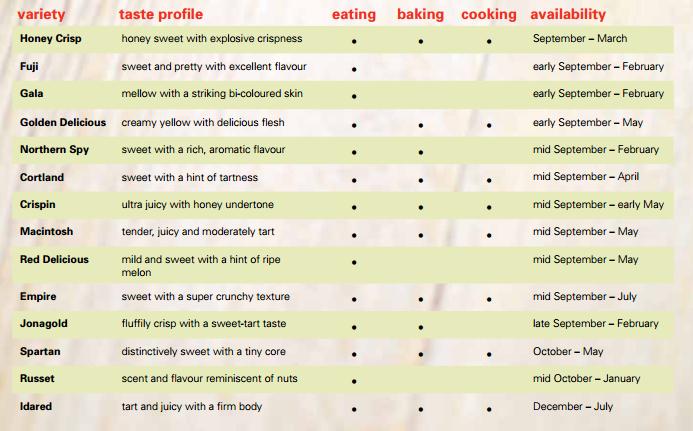 Increases harvest season – One benefit to smaller trees is that we can spread out the harvest season. The common standard tree yields of 10-20 bushels is a lot to deal with inside the 1-3 weeks of the harvest season for each variety, and once it’s in and processed, there’s no more fresh fruit. Instead, we can tailor our home orchard for 3-6 months of fresh produce by selecting varieties from late, mid and early seasons within their species and having a couple of other species with them.
Increases harvest season – One benefit to smaller trees is that we can spread out the harvest season. The common standard tree yields of 10-20 bushels is a lot to deal with inside the 1-3 weeks of the harvest season for each variety, and once it’s in and processed, there’s no more fresh fruit. Instead, we can tailor our home orchard for 3-6 months of fresh produce by selecting varieties from late, mid and early seasons within their species and having a couple of other species with them.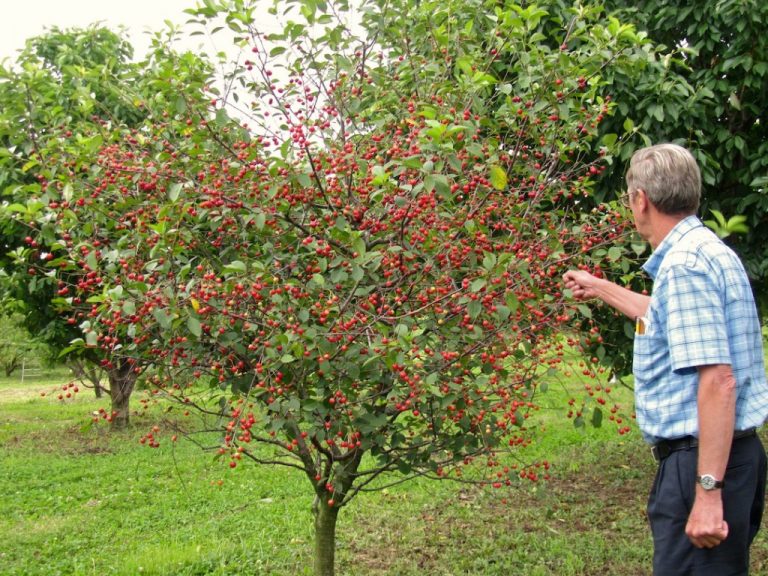
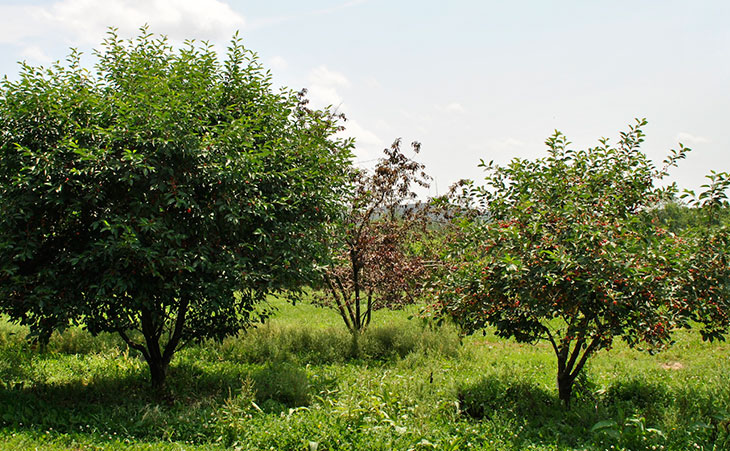 Smaller trees can allow us to increase variety and resilience in the same space. If one species, variety, or specimen is lost or damaged by pests or weather, others may survive.
Smaller trees can allow us to increase variety and resilience in the same space. If one species, variety, or specimen is lost or damaged by pests or weather, others may survive.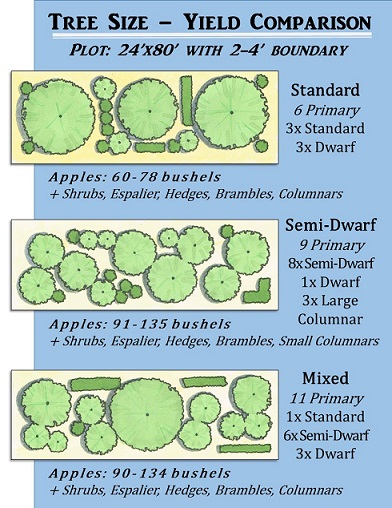 Graphic: Using a mix of semi-dwarf and dwarf trees can increase the total fruit yield in a space as well as create resiliency. *Yield estimates taken from Harried Homemaker Preps’ compilation of Stark Bros. estimates.
Graphic: Using a mix of semi-dwarf and dwarf trees can increase the total fruit yield in a space as well as create resiliency. *Yield estimates taken from Harried Homemaker Preps’ compilation of Stark Bros. estimates.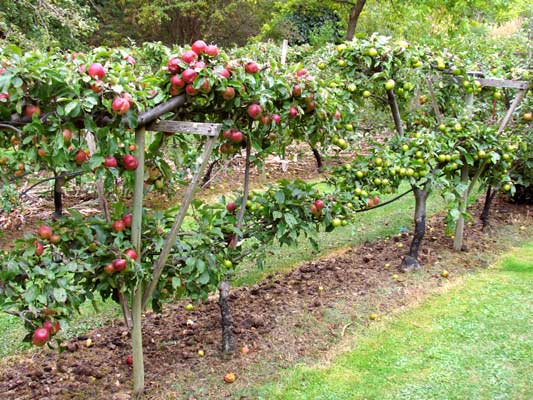 Dwarf and espalier fruit can be trained to hedges, serving multiple functions on our property as well as producing food.
Dwarf and espalier fruit can be trained to hedges, serving multiple functions on our property as well as producing food.

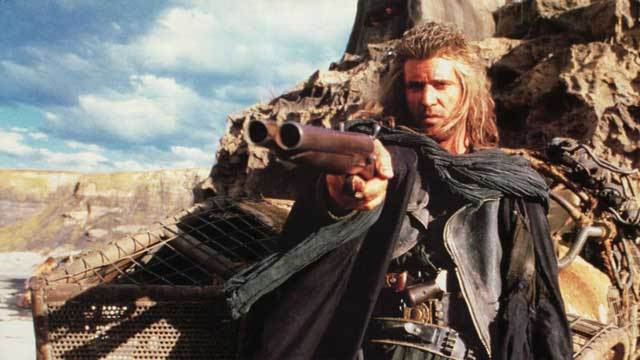 After SHTF, you may have to be more careful when you are conducting business.
After SHTF, you may have to be more careful when you are conducting business.
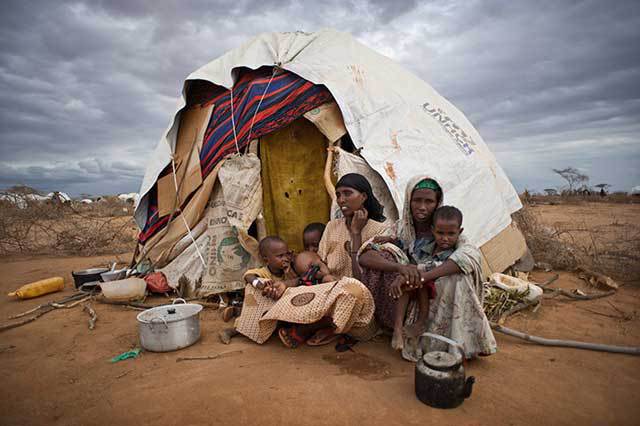 We don’t know stress in the US like some people.
We don’t know stress in the US like some people.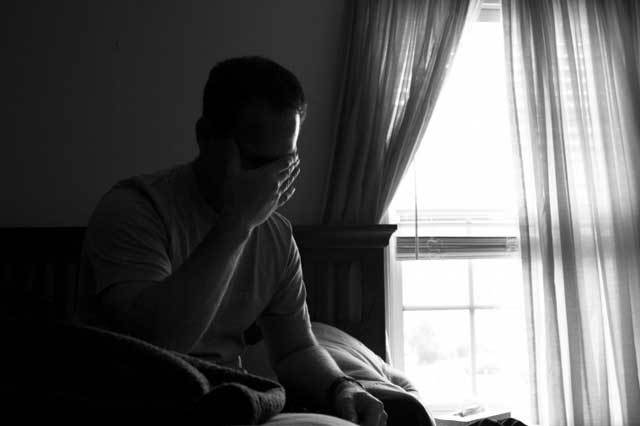
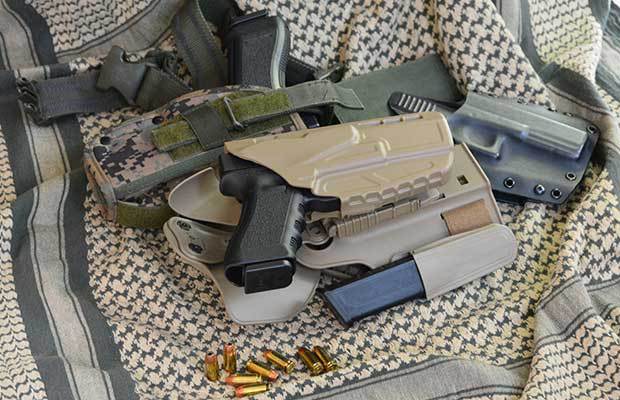
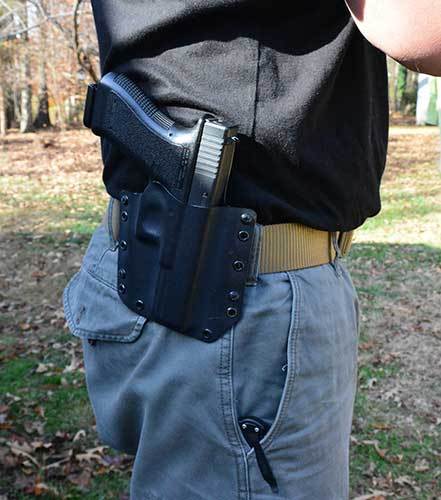 Phantom Modular Holster
Phantom Modular Holster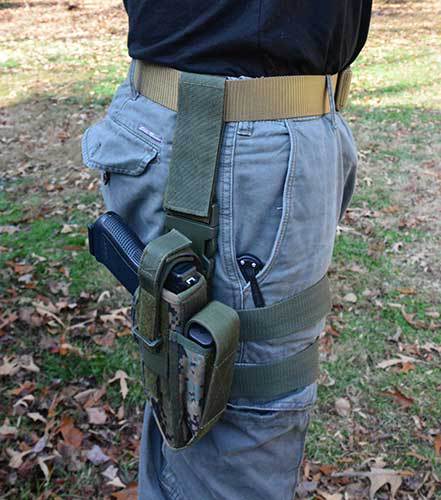 Simple and cheap drop-leg holster.
Simple and cheap drop-leg holster.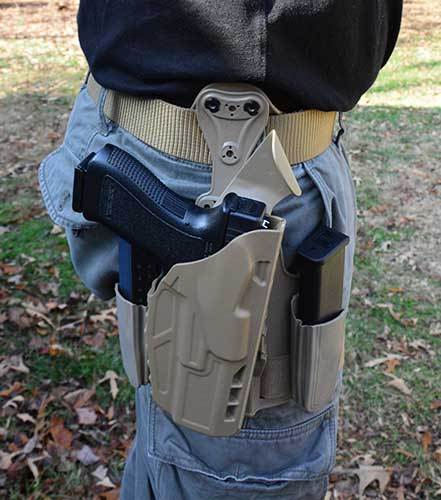 Rogers Tactical Holster – My favorite holster.
Rogers Tactical Holster – My favorite holster.